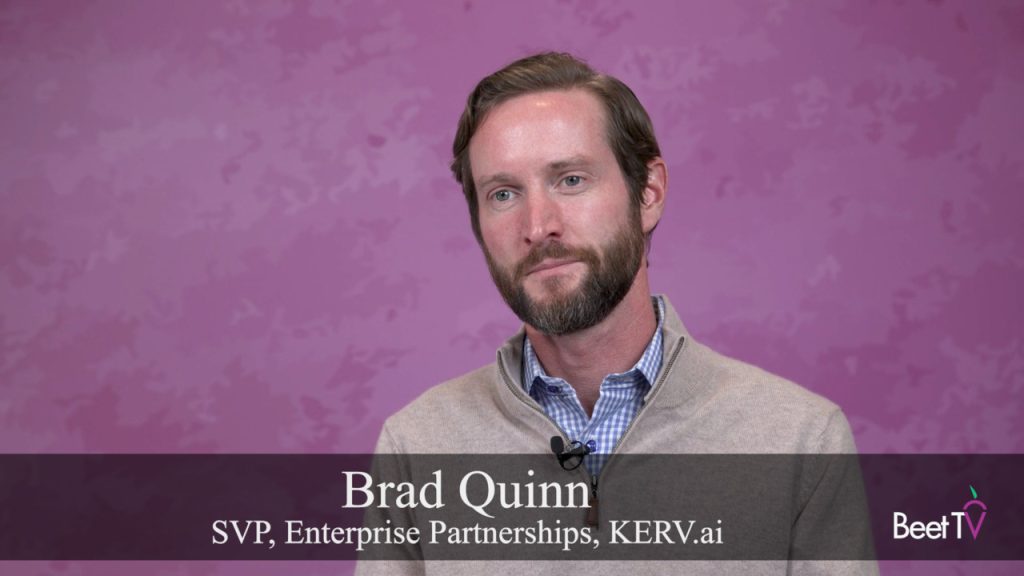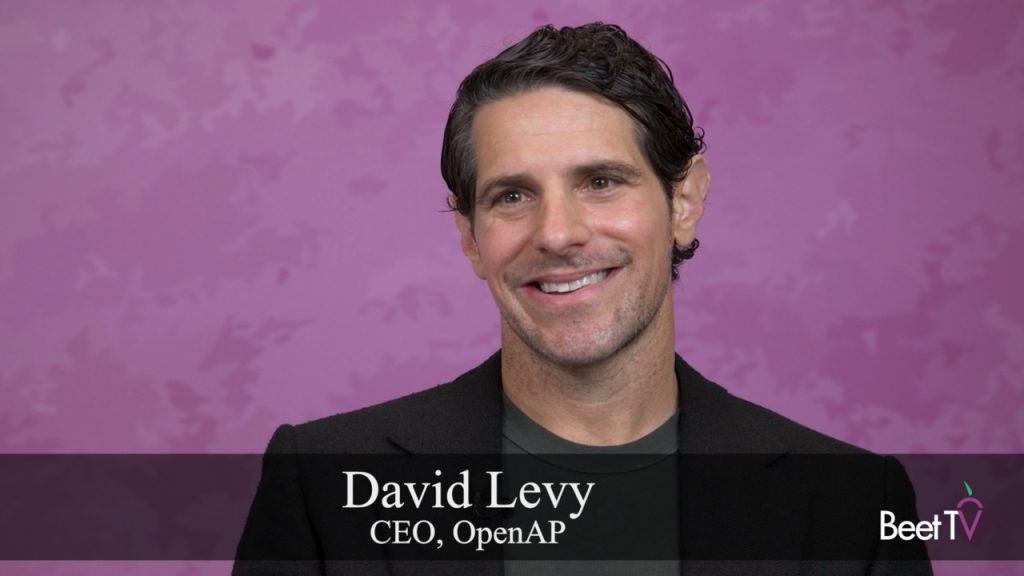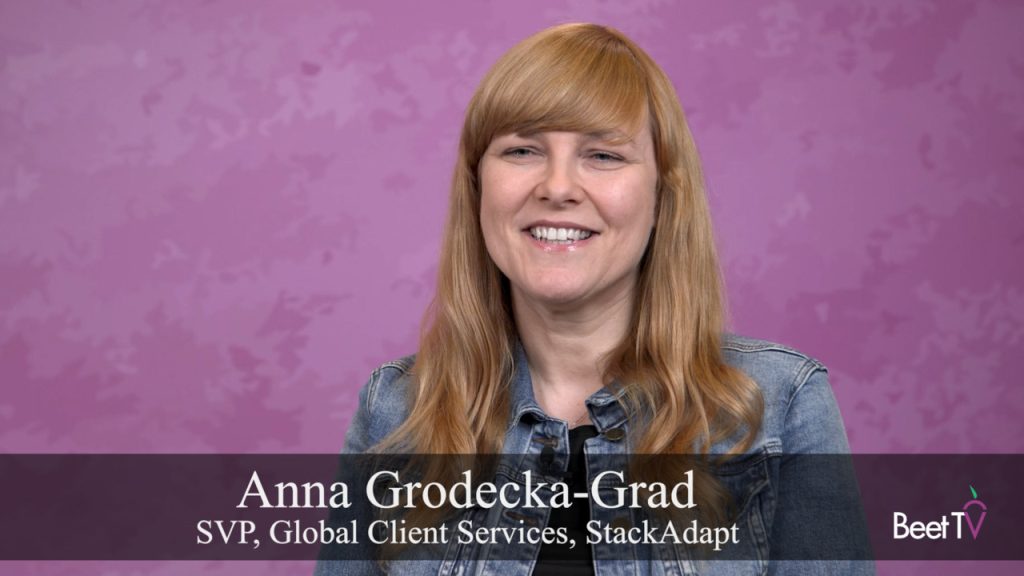CANNES — Connected TV never boasted the living-room equivalent of a device cookie – and that has kept it largely under the radar of many regulatory and buyer concerns.
Increasingly, however, ad buyers are demanding more transparency about their CTV ads, according to Emily Kistner.
In this video interview with Beet.TV, Kistner, Director, New Business & Identity Solutions, Adstra, illuminates the need for increased control and transparency in the TV ad industry’s identity solutions.
The Demand for Transparency
Adstra is a company offering an enterprise identity platform.
Speaking with Mike Shields, Kistner says: “Availability of identifiers is kind of the same as it always was on the TV side.” This underscores how the conversation around signal loss and cookie deprecation in the digital ad space has not made significant ripples in the television advertising world.
But, when asked about the type of requests she’s receiving from agencies, DSPs, or brands regarding transparency, Kistner states: “We often get asked by customers for more transparency in identity resolution… they want to be able to see the confidence level of our matches or our householding methodology, or they want to be able to control the number of hashed emails associated to a person level ID.”
A Vision for a Disruptive TV Identity Ecosystem
Kistner envisions a future where more programmers, brands, and platforms take control of their own identity solutions.
She explains: “Our identity graph and our matching logic are cloud-based… it’s fully portable and it operates inside of the client’s environment. So we’re seeing more and more programmers, brands operating their own identity, spine and house.”
She sees this shift enabling brands and programmers to make their own decisions about how to use data for marketing purposes, rather than relying on a credit bureau.
Navigating Potential Regulation
In response to the prospect of regulators targeting the TV ad market in the same way they have digital advertising, Kistner emphasizes the flexibility of Adstra’s technology. “Our identity graph is built with flexible tech that can pseudonymize PII. So you don’t have to work with it if you don’t want to,” she explains.
Kistner believes this flexibility is crucial in a potentially highly-regulated industry. “Working with partners whose tech is flexible, who have the ability to do everything on a match key, then PII can get legislated out of business tomorrow.
“And it doesn’t cut your solution at the knee. You can do everything you were doing before on a pseudonymous key.”
You’re watching coverage of the Global Leadership Summit on Data & Measurement at Cannes Lions 2023, presented by Comscore, LiveRamp & LoopMe. For more videos from Beet.TV’s Cannes Lions 2023 coverage, please visit this page.














































